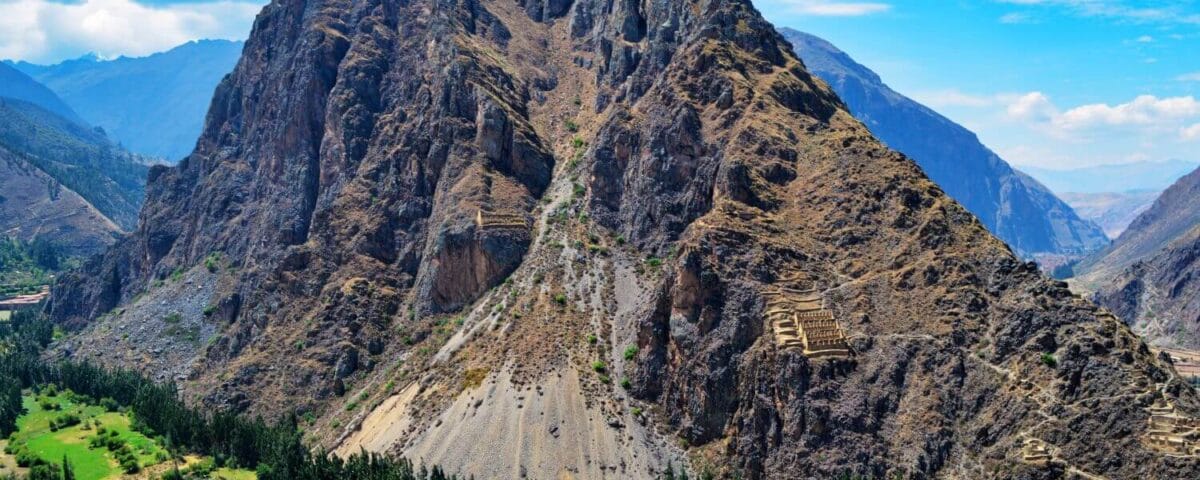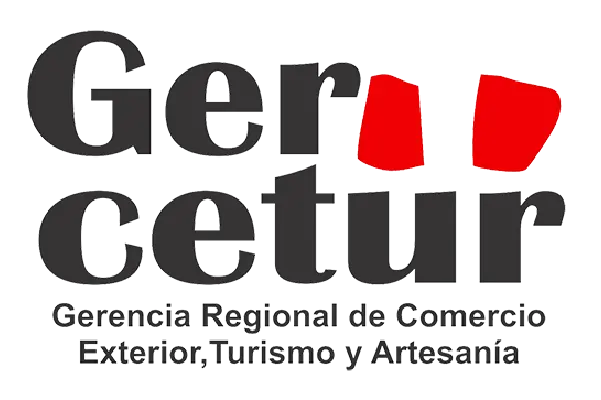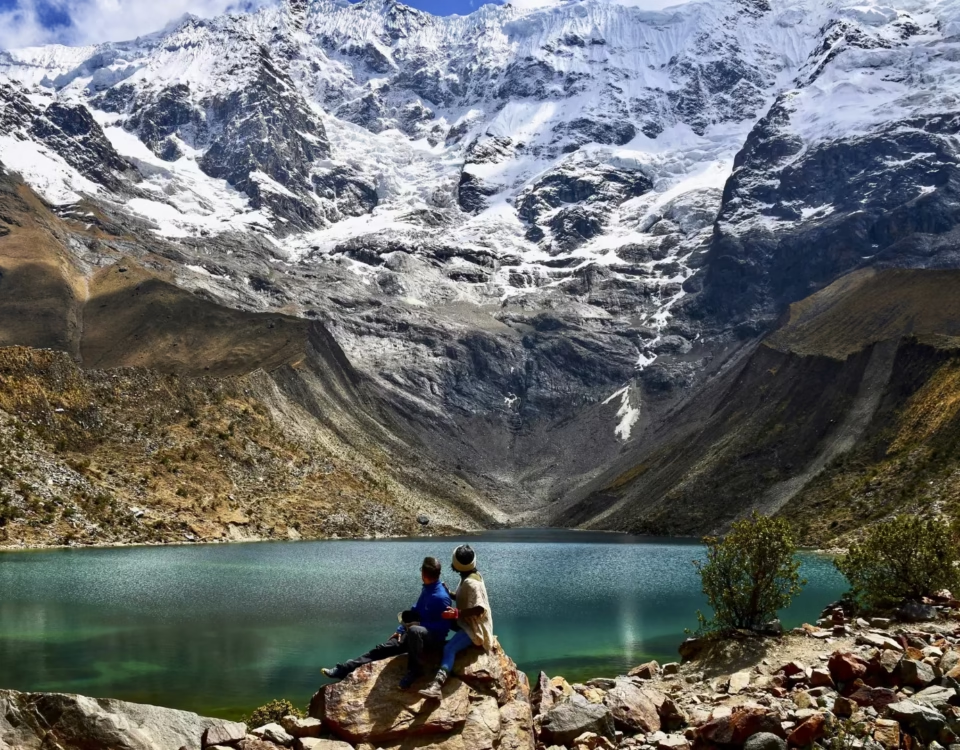Sacred Valley Trip: Insightful Routes Beyond the Classics

The Sacred Valley of the Incas is far more than a popular tourist destination. It’s a land steeped in ancient myths, natural challenges, age-old stories, and profound cultural experiences. A well-planned Sacred Valley trip can offer much more than just Machu Picchu or Pisac. Whether you’re a history buff, a spiritual seeker, or an adventure lover, a Sacred Valley trip promises unforgettable moments. This blog will take you through lesser-known paths, energy-charged locations, and routes that unveil the Sacred Valley’s true soul.
Myths and Legends of the Sacred Valley
A deep sacred valley trip should begin with the myths still alive in the collective memory. The Andean worldview speaks of apus (mountain guardian spirits) such as Ausangate, Pitusiray, or Veronica. These are not just geographical peaks—they are living entities that protect the valley.
According to legends, the Vilcanota River was created by a sacred serpent, a symbol of renewal. Many believe that those who walk these lands with respect can connect with its transformative energy.
Living History
From pre-Inca settlements to the sophistication of the Inca Empire, the Sacred Valley has witnessed thousands of years of history. Ollantaytambo is not just a citadel—it’s a living city where original Inca streets and canals are still in use. A sacred valley trip can be a journey through time if you know where to go.
Places like Moray, with its circular terraces, served as agricultural laboratories. The Maras salt mines, active since pre-Columbian times, show how ancestral intelligence is still alive today.
Unique Geography
Located between Cusco and Machu Picchu, the Sacred Valley spans a river corridor surrounded by stunning mountains. Its geographic diversity allows for crops ranging from corn to quinoa and supports an impressive biodiversity.
When planning a sacred valley trip, it’s important to consider altitude: from 2,700 meters (Urubamba) to 3,800 meters (Chinchero). This range makes the valley an ecological microcosm full of potential.
Living Culture
One of the most overlooked aspects of a typical sacred valley trip is real interaction with local communities. Villages like Patacancha and Willoq preserve textile traditions dating back centuries. Here, you don’t just learn about weaving—you take part in rituals, celebrations, and communal work.
You can also witness offerings to Pachamama, spiritual practices where people thank the Earth for her gifts.
Alternative Routes
Tired of the same tourist spots? A sacred valley trip can include lesser-traveled paths like:
- Pumamarca and Perolniyoc Waterfalls: a moderate hike to hidden ruins and a magical waterfall.
- Huchuy Qosqo: an Inca citadel above the valley with spectacular views, accessible only on foot.
- Lares Trek: a less crowded trail that combines natural hot springs with isolated communities.
These routes allow for an authentic, crowd-free connection.
Adventure and Challenge
The Sacred Valley isn’t just about history. A sacred valley trip can also be an adventure:
- Paragliding in Chinchero
- Rafting on the Urubamba River
- Mountain biking between Maras and Moray
These physical challenges allow you to see the valley from unique perspectives, creating unforgettable memories.
Andean Worldview
The Andean worldview is the soul of any authentic sacred valley trip. Based on balance between the upper world (Hanan Pacha), the present (Kay Pacha), and the inner world (Uku Pacha), this philosophy sees humans as part of a greater whole.
Taking part in an Andean ceremony or simply observing how farmers respect the land offers a new life perspective.
Tourist Importance
The Sacred Valley is one of Peru’s tourism engines. But beyond its economic value, a well-planned sacred valley trip can decentralize tourism and benefit forgotten communities.
It also helps preserve ancestral knowledge, living traditions, and fragile ecosystems. Conscious travel is, in itself, a revolutionary act.
¿Ready for your unique Sacred Valley Trip?
Thank you for joining us on this journey through the lesser-known routes of the Sacred Valley. We hope this article sparked your curiosity and desire to experience something authentic, deep, and transformative.
If you’d like more information, personalized recommendations, or help planning your sacred valley trip, don’t hesitate to reach out. We’re here to help you discover the true essence of the Sacred Valley of the Incas.
Contact us today and start planning an adventure you’ll never forget.




